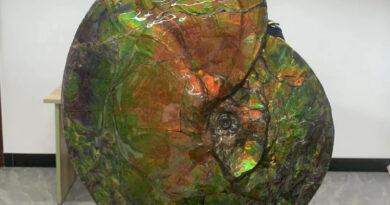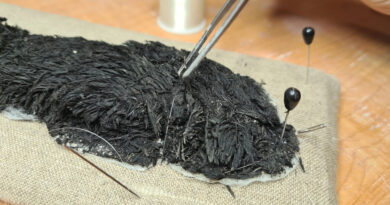Roman Artefacts Found During Building Works In German City
Rare Roman artefacts and settlement evidence estimated to be at least 2,000 years old have been discovered during construction work in a German city.
Remains of the 2,000-year-old Roman settlements were discovered during construction work for the company RheinKontor whose experts were setting up the German State Bank (LBBW) building in the city of Mainz in the German state of Baden-Wurttemberg.
The artefacts have been exhibited at the Port of Mainz since 24th June 2021.
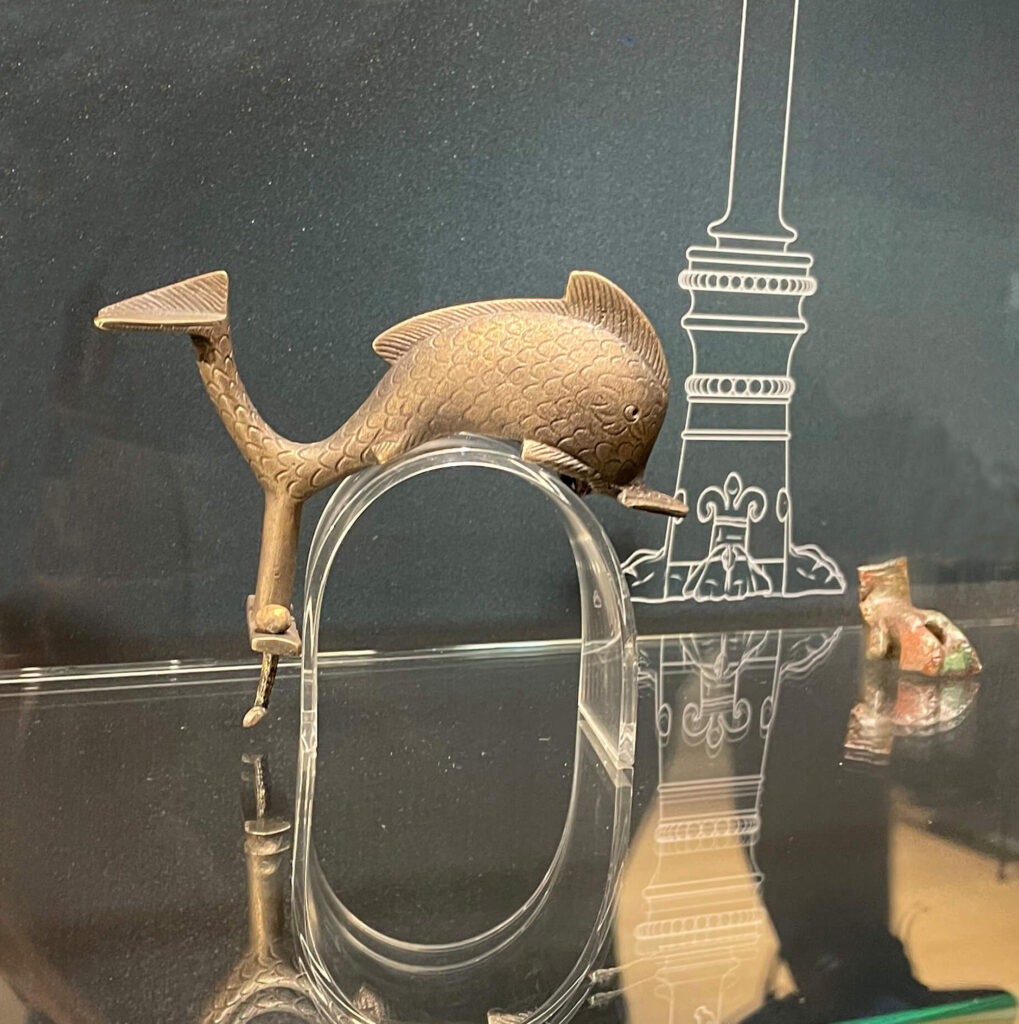
Dr Marion Witteyer, from the General Directorate of Cultural Heritage in Rhineland-Palatinate (GDKE), said: “Actually we did not expect any archaeological relics in the area of the customs port.”
However, workers were amazed when they discovered various objects such as a dolphin filigree, a richly-decorated vessel, or a sculpture of the Roman moon goddess Luna, which led city officials to believe there is more to the site than previously believed.
LBBW regional board member Peter Hahner said: “For us it was not only a matter of finding the Roman artefacts, but also preserving and presenting them to the public.”
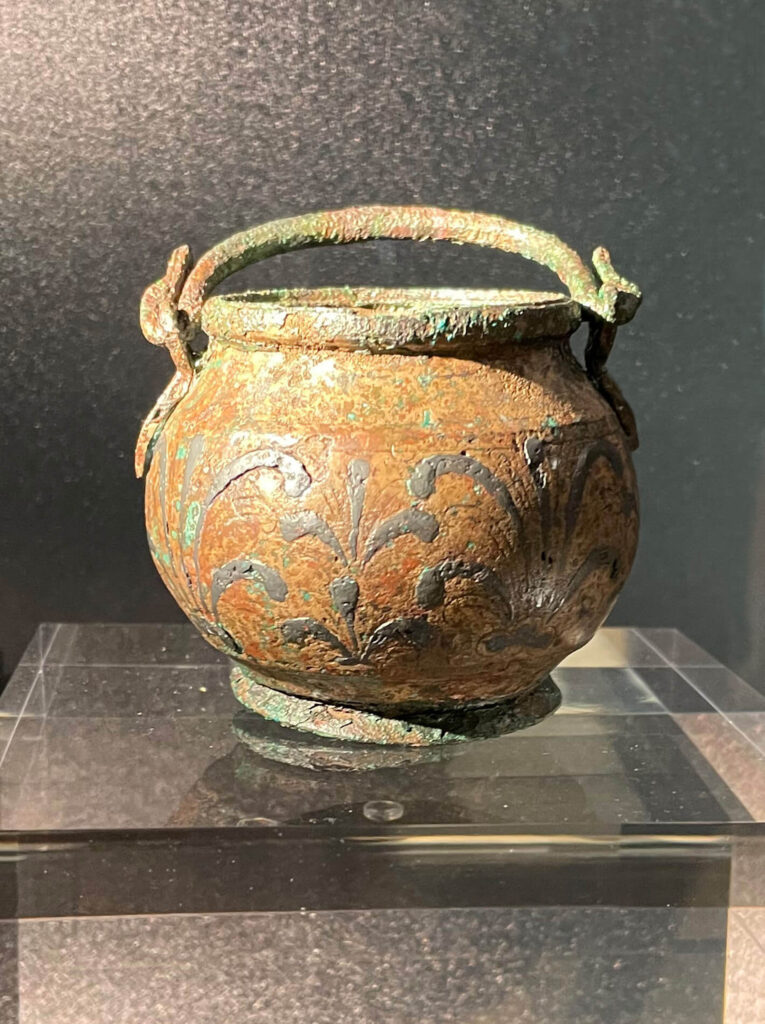
Interior Minister Roger Lewentz enthusiastically added: “I am particularly pleased that with new Roman site, we are building a bridge between the urban development of the antiquity to the urban development of today’s port area. I would like to thank everyone involved for uncovering these unexpected Roman testimonies and making them accessible to the public.”
According to experts, the Roman relics showed traces of intensive development from the Roman times to late antiquity in the area.
Dr Witteyer, who said the oldest settlement evidence dates back to the times of General Nero Claudius Drusus, said: “You can see that living by the water has always been very popular.”
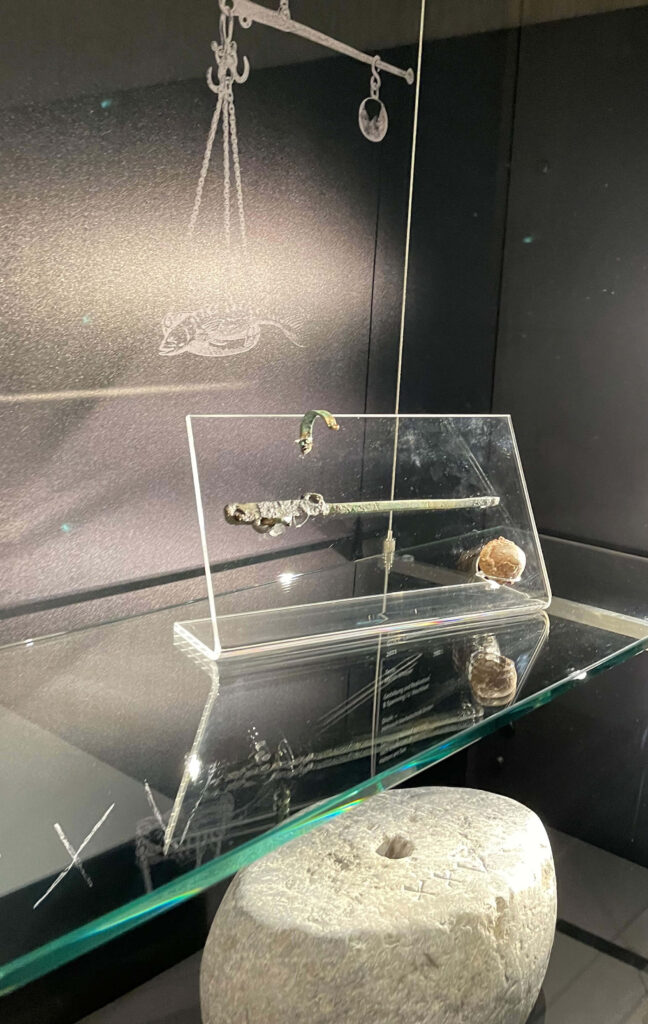
In addition, the State Archaeology Department in Mainz documented ancient examples of non-arable land being turned into farmland by building dams to prevent rising water levels from entering the fields and flooding them.
According to experts, this construction method originates from the Mediterranean region and was used on rivers such as the Po or the Rhone.
Witteyer said many of the discovered artefacts indicate a high living standard which is observable in their quality.

